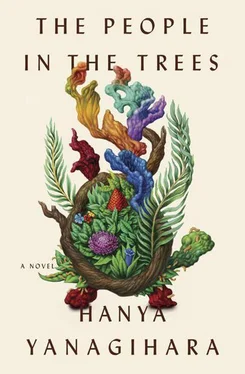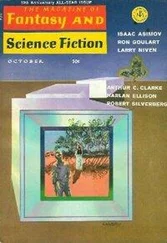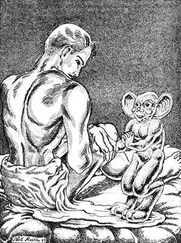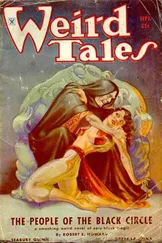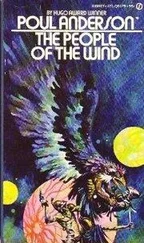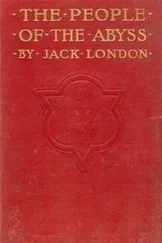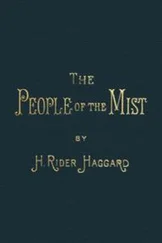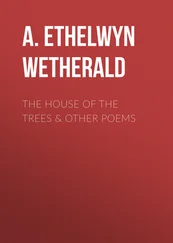And so a month later there I was, deplaning in U’ivu on the same bumpy, makeshift ersatz polo field, mounting the same ridiculous little horse (or one just like it), and being led by a man, Pava, who could have been Tu’s or Uva’s clone, so similar was he in appearance to them. But this time, instead of going straight to the fetid shack and from there to the boat, I was taken to Tavaka to meet the king. I was, naturally, excited about this, just as much about seeing Tavaka as I was about seeing the king.
Decades later I would be in Valparaiso, Chile, for a conference and would be standing in the hotel’s lounge, looking out the window. In front of me was the port, where crayon-colored storage containers were stacked one atop another as easily as child’s bricks by a Jurassic crane, and around me was the neatly inverted ziggurat of the city, the tiers of houses and buildings forming tidy geometric steps as they ascended into the woolly wet gray of the sky. I had never been to Valparaiso, but the scene was somehow familiar to me, like a place I had experienced before. But it was not until much later that day, when I was sitting through yet another endless speech, that I realized why I had recognized it: it was because this was what I had hoped Tavaka might look like.
Of course it was a ridiculous idea. Valparaiso is a busy port city that moves thousands of tons of cargo, whereas to call Tavaka a hub of any kind would have been to stretch the truth until it snapped and split in two. But at the time — for all my worldliness, I was, you will remember, still quite untraveled — it seemed to make sense: Tavaka was the capital of an island and would somehow reflect its position.
Needless to say, it did not. In fact, the most striking thing about Tavaka was how much it resembled the village. Here was the same basic layout — rings of houses surrounding an unpaved town circle — and here were hogs (albeit smaller and more petlike) trotting untethered around the houses, and children (half clothed) wandering about as well, calling to one another and falling down and giggling and crying and generally doing all the things that children do everywhere. The houses were sturdier and more sophisticated — simple structures made of wood, with doors (but no locks) and thatched palm-leaf roofs — and there were more of them, but from a distance it could have and in fact did pass for Ivu’ivu. The essential differences here were the presence of the sea, whose waves licked the same stretch of flat sand again and again and which was only about fifty yards or so from the farthest ring of houses, and the king’s palace, which sat approximately where the ninth hut would have been, and the fact that this town was surrounded not by forest but by large squares of tilled land, the deep brown of its loam stitched with bright green fists of young crops. There was jungle nearby, of course, but it had been thinned so aggressively that you could see straight through it to the mountains, whose tops were covered with a crust of wildly tangled trees.
I had at the very least expected something grander from the king’s palace, and while it is true that it was significantly larger than the other structures — about seven times the size of a standard house — and raised slightly above the others, its architecture was consistent with the others’, and it was by no means particularly kingly. Over its door hung an opa’ivu’eke carapace, handsome but not nearly as beautiful as the one in the ninth hut had been, and draped over it a braided swag of leafy vines, which gave off a lemony, peppery scent as I walked beneath it. As I did, I noticed that the turtle’s shell was cracked in one section and that it had been repaired with little butterflies made from wood.
I was surprised by how pleasant it was inside. The house was arranged something like a Japanese temple, just one long, deep, low-ceilinged room, with two small antechambers at either end, the doorways to which were concealed with woven-palm mats. There was no privacy here, and yet there was no sound either. Where were the wives and their numerous children? Where was the king? Also resembling a Japanese temple were the floors, which were covered as well with palm mats. On the far wall, the one facing the entrance, hung a second opa’ivu’eke shell, this one much larger than the one outside. I could tell from the depth of its color and the way the plates had faded and softened at their edges that it was very old, and probably very treasured as well; in the gloom it was little more than a shadow if you were looking at it straight on, but if you moved just a few inches to the right or the left, you could see the plasticky gleam it made as it reflected the sunlight.
Then there was a stirring from the antechamber on the left, and here, suddenly, was the king. Upon his appearance, Pava scurried backward roachily in a crouch that was half bow over the lip of the doorframe and out of sight.
The first thing I thought was that he was far less impressive than the chief had been. He had a pleasant enough face, if such a thing could be said of the U’ivuans — a wide, amused mouth and very round, very dark eyes, like those of a marmoset. His hair was spotted with white and tied into a frizzy tumbleweed, and around his waist he wore a sort of triangular flap of lustrous satiny cloth that I later saw was actually thousands of crimson and black feathers woven into a zagging pattern. The only exceptional things about him were, first, the beautiful crown he wore, an exuberant wreath of what I recognized were lawa’a ferns and through which was threaded some of the citrusy vine that adorned his doorway — which reminded me of the a’ina’ina — and second, his spear, which was very long, at least nine feet, and slender, swelling into a large white tip. Even from a distance I could see that the spear was elaborately carved with shapes of opa’ivu’ekes, and its base was etched with a series of whorls that Tallent later told me were meant to represent waves.
There was only one man with him, one who was skinny and very brown and wore around his waist a leather pouch made of what seemed to be boar skin, and around whose head was a single loop of the vine. He waited until the chief had sat down cross-legged before me and then nodded at me before sitting as well.
“I am translator,” he said.
In subsequent years I would be asked and reasked about this interview with the king, as if he were the last unicorn and I the last to see him alive. And each time I would have to send my inquisitors away disappointed, for the truth is that the conversation with the king was rather banal. (Later, when I was to meet other monarchs of other countries, I would realize that the dullness of the conversation had perhaps less to do with Tuimai’ele’s capabilities in particular and more to do with the position itself.) He asked if I liked U’ivu and I said yes. He asked what in particular I liked about U’ivu and I, savvy enough at least to know not to reference Ivu’ivu, said I liked the beautiful trees and flowers and his lovely house. He nodded. I thought then, fleetingly, that I might have an opportunity to turn the conversation toward the opa’ivu’eke carapace, but as anyone who has met a head of state knows, trying to introduce any topic of interest — which, as a general rule, they seem not to want to discuss — is next to impossible if one wants to maintain good relations. He said he understood that I worked with Tallent, and I, not knowing what he had been told, replied with great caution: Yes, I worked with Tallent. Yes, he was a good man. Yes, he loved U’ivu very much.
And then it was over. The king, who had not smiled once but whose large, toady mouth made it appear as if he had been grinning throughout, gave a firm and somehow conclusive nod, and the translator gave a subtle flick of his fingers at me, and I crawled backward and out in the same rounded, beetley squat my guide had adopted. Outside, I found Pava at once — he had been leaning against a manama tree and staring intently at the door — and when he saw me, he gave a wide grin that I was left to interpret as I followed him. Were there some people who, upon meeting the king, never emerged? Clearly I had passed some sort of crucial test, but of what — and what punishment I had apparently eluded — I couldn’t guess.
Читать дальше
